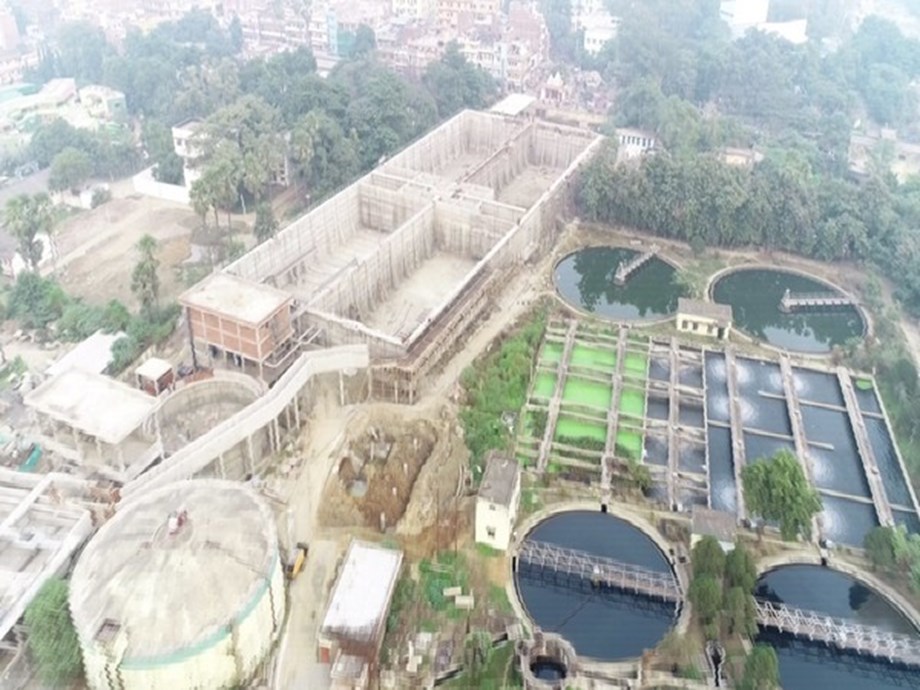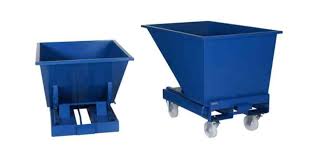Sewage treatment is an important aspect of maintaining public health and safety. However, many people are not aware of the significant role they can play in treating their own waste before it is disposed of. This is where Mini sewage treatment plant, or small sewage treatment plants, come in handy. Mini sewage treatment plant are eco-friendly systems that treat wastewater in a sustainable and cost-effective manner. In this article, we will explore the benefits of using Mini sewage treatment plant for private sewage treatment.
1. What is Mini sewage treatment plant?
A separate sewer (enskilt avlopp) is a small-scale sewage treatment plant that is designed to be used by households, businesses or communities. It works by treating wastewater in an efficient and environmentally-friendly manner, using various natural processes to break down and purify the water. The system can be installed on-site and is usually placed underground, where it can be easily connected to the existing sewage pipes.
2. Benefits of using Mini sewage treatment plant
Using a Mini sewage treatment plant offers several benefits, especially when compared to traditional sewage treatment systems. First, it is eco-friendly and sustainable, as it uses natural processes to treat wastewater. This means that it does not require the use of chemicals, which can be harmful to the environment and human health. Secondly, it is cost-effective, as it requires minimal maintenance and uses less energy than traditional sewage treatment systems. Additionally, it can save homeowners money in the long run, as it reduces their water bills.
3. How does Mini sewage treatment plant work?
Mini sewage treatment plant typically use a variety of natural processes to treat wastewater. The first step is pre-treatment, where the wastewater is screened to remove large particles and debris. The water then flows into a filtration bed, which is filled with layers of gravel and sand. Here, the water is filtered and the remaining solids are removed. The filtered water then flows into a biological reactor, where microorganisms break down the organic matter. Finally, the water is disinfected using UV light or chlorine, before being discharged into the environment.
4. Choosing the right system
When choosing a Mini sewage treatment plant, it is important to consider factors such as the size of the system, the level of treatment required, and the budget. There are several types of Mini sewage treatment plant available, ranging from simple systems that treat wastewater at a basic level, to more advanced systems that offer a higher level of treatment and can handle larger volumes of wastewater. It is also important to choose a system that is approved by your local water authority, as this will ensure that it meets all necessary standards and regulations.
5. Conclusion:
Mini sewage treatment plant is an eco-friendly and cost-effective way to treat household and commercial wastewater. It is a solution that will not only help protect the environment, but also save homeowners money in the long run. The process of selecting the right system can be challenging, but with the help of a qualified professional, it is possible to install a system that meets your specific needs and budget. By investing in a Mini sewage treatment plant, you can take an important step towards a more sustainable and environmentally-friendly future.


